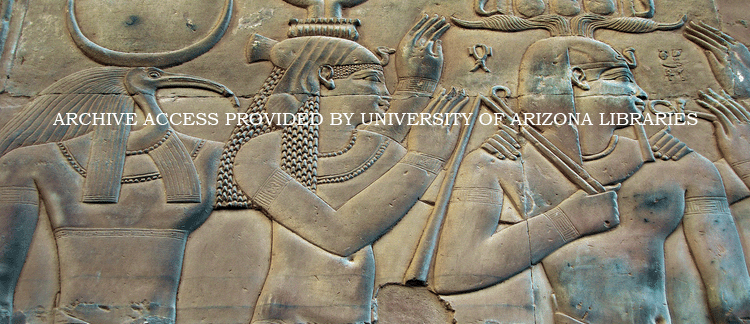Abstract
The two groups that now form the core of the Execration Texts (ET) are accepted as dating to the mid-12th and early 13th Egyptian dynasties, which have been synchronized to the Middle Bronze I in the southern Levant according to the Low Chronology. However, recent radiocarbon determinations suggest that those dynasties should instead be synchronized to the later Middle Bronze II. This has implications for ongoing arguments about whether the ET can be used to gauge the historical reality of the southern Levant: maximalist interpretations (Albright, Rainey, Redford) suggest that they can; minimalist ones (Weinstein, Cohen, Ben-Tor) suggest that they cannot and were instead generic lists of toponyms, possibly preserving a memory of the Early Bronze Age occupation (Ben-Tor). In this paper the author highlights the importance of a thorough reconsideration of historical sources such as the ET in light of the new, radiocarbon based chronology. The analysis presented here indicates that most of the sites mentioned in the ET show limited building phases in the Middle Bronze I but had been developed and fortified by the Middle Bronze II. Accordingly, they would have been powerful entities when the ET were created, and therefore a maximalist interpretation is more viable.
How to Cite
Streit, K., (2017) “A Maximalist Interpretation of the Execration Texts—Archaeological and Historical Implications of a High Chronology”, Journal of Ancient Egyptian Interconnections 13(1), 59-69.
1034
Views
101
Downloads
